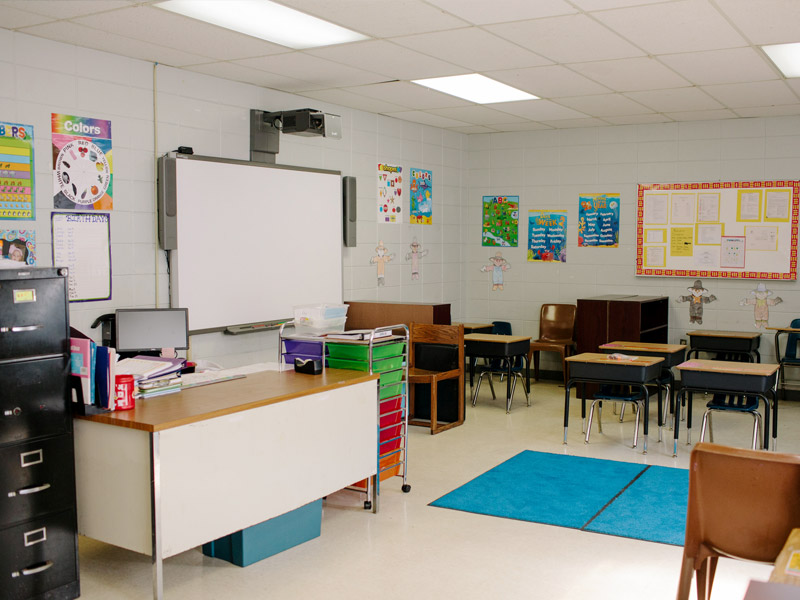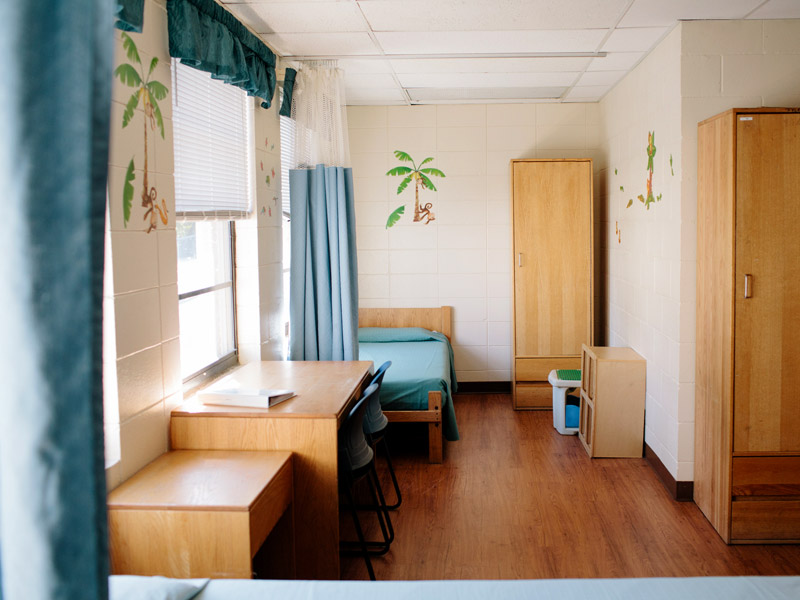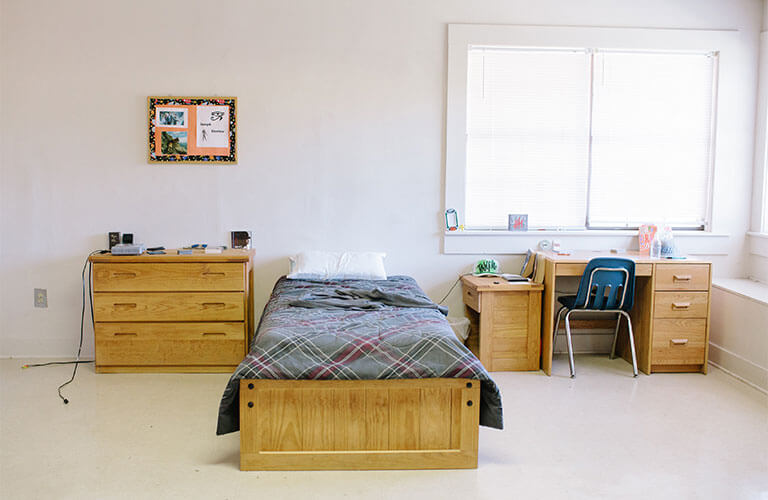Learn about the side effects, causes, signs and symptoms of bipolar disorder. Millcreek of Magee Treatment Center offers the best residential treatment and home-based programs for children & adolescents struggling with bipolar disorder.
Understanding Bipolar Disorder
Learn more about bipolar disorder
Cornerstone to bipolar disorder is episodes of mania and depression, of which can vary in severity. Classified into three distinct types, a person can receive a diagnosis of bipolar I, bipolar II, or cyclothymia. The symptoms of these types are known to cause a great deal of disruption in a person’s life and render an individual susceptible to a number of adverse effects if treatment is not sought.
Often times, the assumption is that only adults struggle with bipolar disorder. However, many children and adolescents suffer from this serious mental health condition. When a young person experiences symptoms of bipolar disorder, his or her academic performance and functioning can be negatively affected. Moreover, the mood swings associated with this mental illness can make it difficult for a child or adolescent to maintain healthy interpersonal relationships or retain control over impulses and urges to act out or engage in risky behaviors. Parents and caregivers of these children or adolescents can play an integral role in improving their child’s life by ensuring that their son or daughter gets the treatment desperately needed to properly treat bipolar disorder. Effective care for bipolar disorder can, oftentimes, be life-saving for the youth who grapple with the strenuous symptoms of bipolar disorder.
Statistics
Bipolar disorder statistics
The prevalence of bipolar disorder among young people is not fully known as some mental health professionals are reluctant to conclude a diagnosis of this mental health condition when the diagnostic criteria applies more to adults. However, many children and adolescents suffer from symptoms synonymous with bipolar disorder, despite the discrepancy in the typical age of onset for this illness. Because of this, the National Institute of Mental Health has estimated that up to 3% of youth battle a form of bipolar disorder.
Causes and Risk Factors
Causes and risk factors for bipolar disorder
The exact cause for the development of bipolar disorder has yet to be realized by researchers. Therefore, professionals in the field of mental health have deduced that there are certain influences and other risk factors that lead a person to eventually meet diagnostic criteria or bipolar disorder. The following explanations are widely accepted among mental health professionals and researchers, alike:
Genetic: As with other serious mental health conditions, bipolar disorder is known to run in families. In fact, when a person has a first-degree relative that suffers from bipolar disorder, there is a 15 to 25% chance that that person will display symptoms synonymous with bipolar disorder at some point during his or her lifetime. Additionally, experts in the field of mental health have discovered that children with bipolar disorder, who have a biological parent with the same illness, have a tendency to display symptoms much earlier than when their parents began experiencing symptoms of this mental health condition.
Physical: There are chemicals in the human brain that are designed to regulate emotions and control a person’s impulses. When an individual is not suffering from bipolar disorder, these chemicals are known to be in balance. However, when a person is battling this mental illness, these chemicals, also known as neurotransmitters, fail to reach homeostasis and cause an individual to have dysregulated emotions and poor impulse control.
Environmental: Because bipolar disorder has such a strong genetic link, certain environmental influences can trigger the onset of this mental health condition. Furthermore, a number of circumstances, in addition to environments, can cause symptoms of this disorder to become more apparent. Examples of such environments or circumstances can include exposure to trauma, violence, chaos, or chronic stress. Also, bipolar disorder symptoms can develop or become more obvious if an individual is a victim of a crime, abuse, and/or neglect.
Risk Factors:
- Family history of bipolar disorder or other mental health condition(s)
- Personal or family history of substance abuse
- Exposure to trauma
- Exposure to chronic stress
- History of victimization
Signs and Symptoms
Signs and symptoms of bipolar disorder
Depending on the type of bipolar disorder an individual possesses, the signs and symptoms of this mental illness can vary. If you suspect that your child is battling this serious mental health disorder, it is important to note the presence of any of the following behavioral, physical, cognitive, or psychosocial symptoms to a mental health professional during an evaluation so that a definitive diagnosis can be determined:
Behavioral symptoms:
- Restlessness
- Excessive fidgeting
- Self-harm
- Emotional outbursts
- Hypersexuality
- Aggressions
- Manipulative behaviors
- Overly defiant behaviors
- Increased impulsivity
- Rapid speech
Physical symptoms:
- Rapid heart beat
- Bedwetting
- Exaggerated startle response
- Increased arousal
- Changes in body temperature
- Motor tics
- Vocal tics
- Insomnia
- Hypersomnia
Cognitive symptoms:
- Rapid thought processes
- Hallucinations
- Delusions
- Poor concentration
- Memory impairment
Psychosocial symptoms:
- Depressed mood
- Drastic shifts in mood
- Emotional excitability
- Grandiose feelings
- Low self-esteem
- Low self-worth
- Increased anxiety
Effects
The effects of bipolar disorder
The drastic shifts in mood that are known to occur when a person has bipolar disorder can affect a person’s functioning in several ways. When this happens, certain consequences have the potential to happen if an individual does not receive treatment for this mental health condition. Should the symptoms of bipolar disorder remain unaddressed, the following effects can occur for a child or adolescent who presents with bipolar disorder symptoms:
- Development of another mental health condition
- Academic failure
- Disciplinary action at school
- Social withdrawal or isolation
- Decrease in quantity and quality of interpersonal relationships
- Interaction with legal system
- Substance abuse
- Self-harm
- Suicide attempts
Co-Occurring Disorders
Bipolar disorder and co-occurring disorders
The mania and depression experienced by someone who has bipolar disorder can trigger or exacerbate the symptoms of another mental health condition and vice versa. Because of this, sufferers of bipolar disorder often meet diagnostic criteria for another mental illness. The following mental health disorders are examples of such illnesses that can occur alongside bipolar disorder:
- Attention-deficit/hyperactivity disorder
- Conduct disorder
- Oppositional defiant disorder
- Anxiety disorders
- Anorexia nervosa
- Bulimia nervosa
- Substance use disorders



